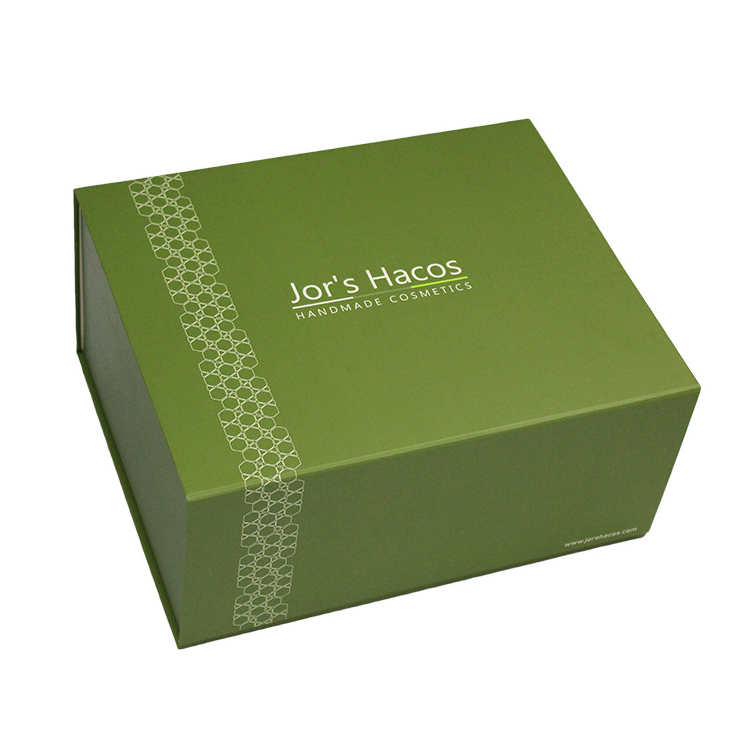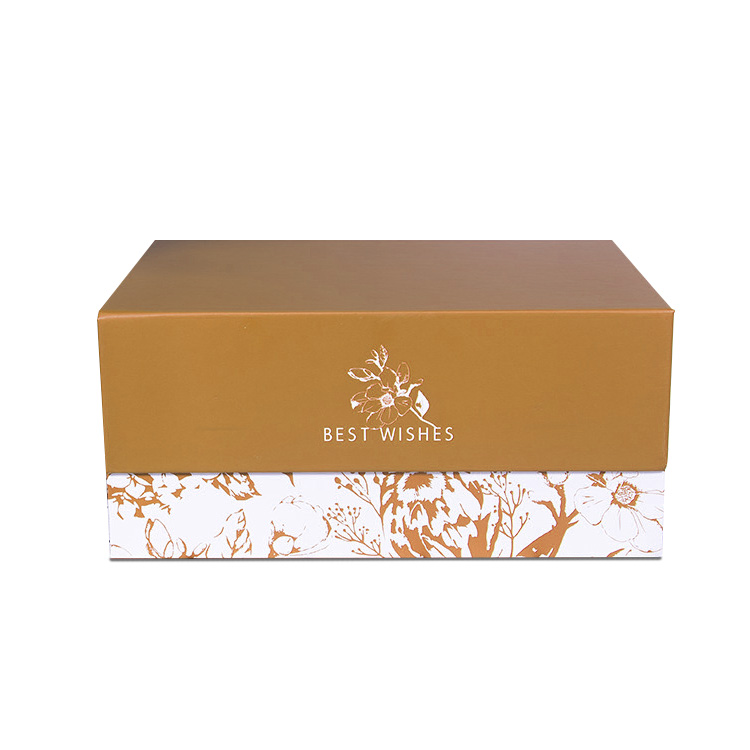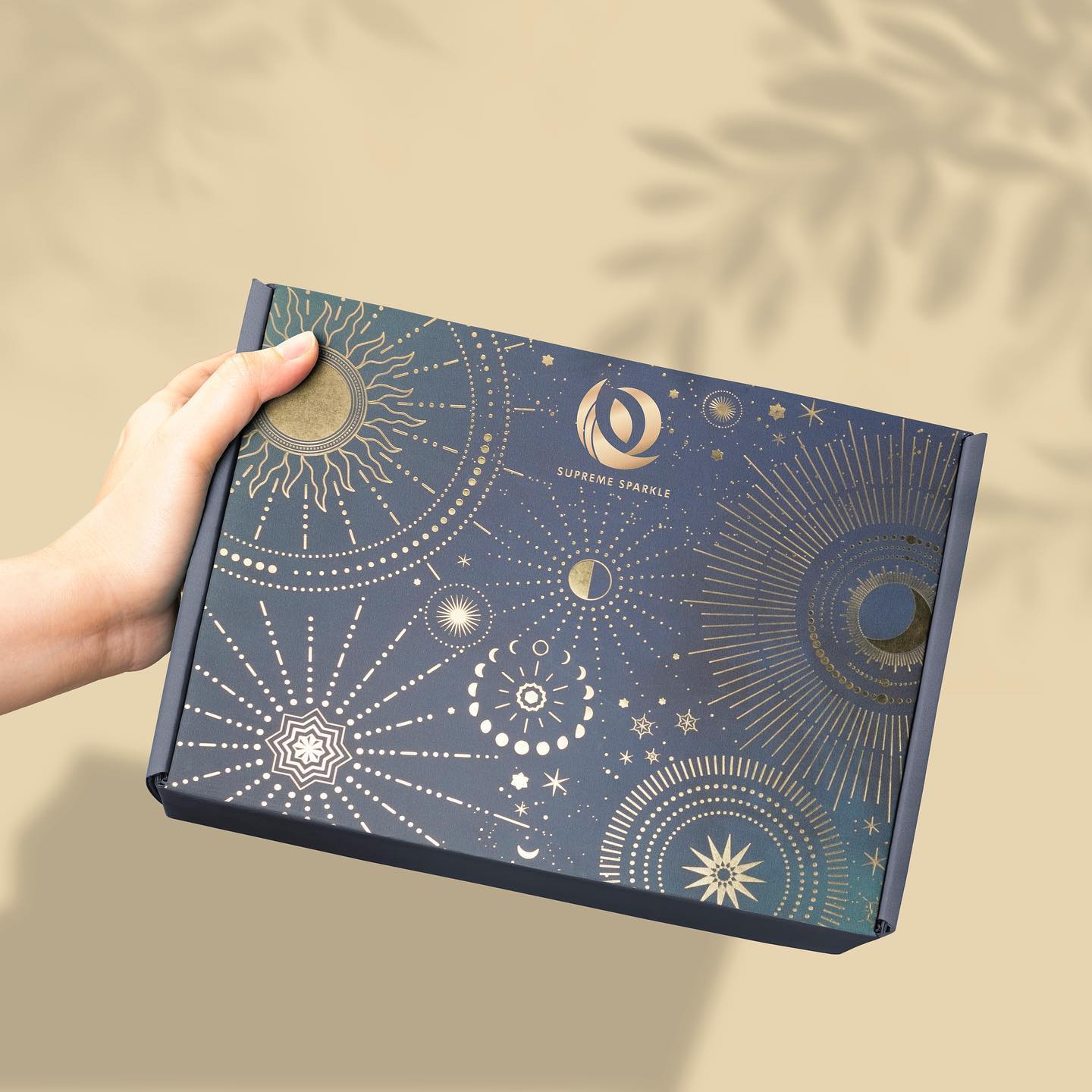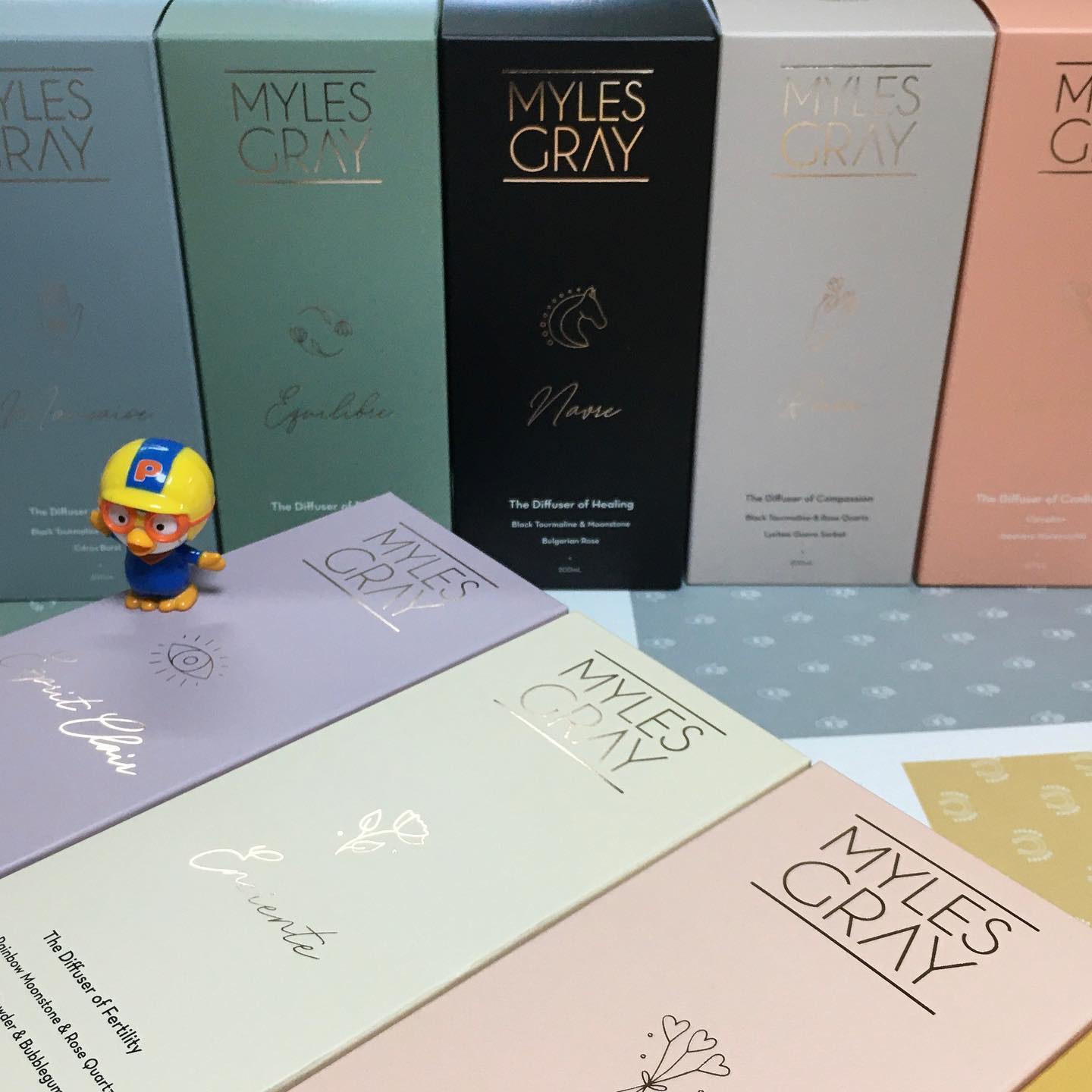Kazalo
In today’s highly competitive market, packaging plays a crucial role in shaping customer perception and influencing purchasing decisions. A well-designed packaging box not only protects the product but also serves as a powerful marketing tool that communicates the brand’s message, quality, and values. Custom packaging box design is essential for standing out, creating a memorable brand experience, and ensuring the product arrives in top condition. This guide will explore seven key aspects of packaging box design, the latest trends in the industry, and how you can leverage these elements to enhance your brand’s presence.
Packaging design is not just about aesthetics; it’s a strategic tool that affects both product safety and brand perception. The right packaging design can turn a simple box into an unforgettable customer experience. From functionality to branding and sustainability, every detail in packaging design matters. In this comprehensive guide, we will dive into the essential elements of packaging box design and discuss how to create packaging that effectively protects your product while engaging your target audience.

1. The Purpose of Packaging Boxes
The first and most important aspect of packaging box design is understanding its primary function: protection. A custom packaging box’s primary job is to safeguard the product during transport, storage, and handling, ensuring it reaches the customer in perfect condition. Whether it’s a fragile item or a luxury product, the packaging needs to be designed to provide adequate protection based on the product’s specific requirements.
Packaging also serves as the first point of interaction between the product and the consumer. A good packaging box should not only protect the product but also enhance the consumer’s experience through an attractive unboxing experience. Custom packaging can elevate the perceived value of the product and foster a deeper connection with your brand.
2. Branding Considerations in Packaging Design
Branding is at the core of packaging box design. The packaging serves as a visual representation of your brand, and every design choice must align with your brand’s identity. Your packaging should reflect your brand’s values, aesthetics, and messaging. The logo should be prominently displayed, and the overall design should incorporate the brand’s colors, typography, and other visual elements that make your brand instantly recognizable.
If sustainability is a core part of your brand’s identity, the packaging should reflect that commitment. For example, using eco-friendly materials, minimalistic designs, and communicating your brand’s sustainability efforts on the packaging can appeal to eco-conscious consumers. A consistent brand image across your packaging creates familiarity and builds trust with customers, which can lead to long-term brand loyalty.
3. Functional Requirements of Packaging
Functionality is one of the most important considerations when designing custom packaging. Packaging should be designed with the specific product in mind, ensuring that it protects the product and enhances its usability. For example, if the product is fragile, the packaging should be designed to offer extra protection, such as using thicker materials or adding inserts to cushion the product. Similarly, packaging for food items may need to be designed to preserve freshness or prevent contamination.
In addition to protection, packaging should also facilitate ease of use. The packaging should be easy to open, close, and store. If the product is for single-use, the packaging should be simple and functional. If it’s a product with multiple uses, such as cosmetics or food, the packaging should be designed to allow for easy dispensing and storage without compromising the product’s integrity.

4. Aesthetic Considerations in Packaging Design
Aesthetics play a significant role in packaging design, as they influence the product’s appeal and help convey its value. The design should reflect the product’s characteristics and resonate with the target audience. For example, if you are selling a luxury item, your packaging should use premium materials and finishes to reflect the product’s high-end status.
Color selection is one of the most powerful tools in packaging design. Colors evoke emotions and can influence purchasing decisions. When choosing packaging colors, think about your target audience and the emotions you want to evoke. For example, green can communicate sustainability and health, while gold may represent luxury and sophistication. The packaging design should match the mood and personality of the product, ensuring it attracts the right audience.
5. Printing Techniques for Packaging Boxes
The printing techniques used on your packaging can significantly impact its quality and visual appeal. Several printing methods are available, each with its own advantages and best use cases. Some of the most common printing techniques for packaging boxes include:
- Flexographic printing: Ideal for high-volume production, flexographic printing is commonly used for corrugated boxes. It can efficiently print large areas of solid colors.
- Offset printing: This method is often used for high-quality prints on paperboard. It’s great for designs with intricate details and requires high-quality resolution.
- Digital printing: Best suited for small runs, digital printing is excellent for printing detailed designs quickly and efficiently. It’s a cost-effective solution for short production runs.
- Screen printing: This method uses a mesh screen to apply ink directly to the packaging material. It’s ideal for large areas of color and can be used for both small and large-scale runs.
- Gravure printing: Known for its high-quality output, gravure printing is commonly used for luxury packaging due to its ability to produce rich, detailed prints.
Choosing the right printing method depends on your product’s needs, the quantity of packaging required, and the complexity of your design. For custom packaging, it’s essential to work with experienced professionals who can recommend the best printing method for your design.
6. Minimalism vs Maximalism in Packaging Design
When it comes to packaging design, brands often find themselves deciding between minimalism and maximalism. Both design philosophies have their strengths and weaknesses, and choosing the right one depends on your brand’s identity, target audience, and product type. Here, we explore the pros and cons of each approach to help you decide which is the best fit for your brand.
Minimalism in Packaging Design
Minimalism in packaging design is characterized by simplicity, clean lines, and a restrained use of colors and elements. The idea is that less is more—focusing on the essentials while creating an elegant and timeless design. Minimalist packaging is often used for luxury products and high-end brands, as it communicates sophistication and exclusivity.
Advantages of Minimalist Packaging Design
Minimalist packaging designs create a sense of elegance and refinement. By focusing on essential design elements and using premium materials, minimalist packaging can make a product feel more luxurious. Furthermore, minimalist designs are more sustainable, as they often use fewer materials, which helps reduce waste and minimize the environmental impact.
Disadvantages of Minimalist Packaging Design
The main disadvantage of minimalist packaging is that it may not stand out in a crowded market. Because it relies on subtlety, minimalist designs can sometimes be overlooked by consumers, particularly when competing with bold and vibrant packaging designs. Additionally, minimalist designs may not always be suitable for products that require more visual storytelling to convey their benefits or features.
Maximalism in Packaging Design
Maximalism embraces bold colors, intricate patterns, and excessive design elements. Maximalist packaging tends to be more playful, expressive, and attention-grabbing. This style is often used for brands that want to convey excitement and creativity.
Advantages of Maximalist Packaging Design
Maximalist packaging makes a bold statement. The use of bright colors and striking graphics can help a product stand out in a crowded market and create a memorable impression on consumers. Maximalist designs also help convey a sense of fun and excitement, which can be ideal for products aimed at younger, more dynamic audiences.
Disadvantages of Maximalist Packaging Design
Maximalist packaging can sometimes be overwhelming or confusing for consumers if the design is too busy or chaotic. When overdone, it may detract from the product’s message and make it difficult for consumers to focus on the essential information. Additionally, maximalist packaging can be more expensive and time-consuming to produce due to the complexity of the design and the materials required.
7. The Future of Packaging Design: Trends and Innovations
The future of packaging design is evolving rapidly, driven by technological advancements, changing consumer preferences, and growing concerns about sustainability. The packaging industry is increasingly focused on reducing environmental impact by using recyclable, biodegradable, and reusable materials. Digital technologies such as augmented reality (AR) and smart packaging are also transforming the way consumers interact with products, creating more personalized and engaging experiences.
As e-commerce continues to grow, packaging will need to become more efficient, functional, and visually appealing, ensuring that products are safely delivered while providing a positive unboxing experience. Companies that stay ahead of these trends and embrace innovation will be well-positioned for success in the future of packaging design.
pogosta vprašanja
1. What are the key considerations when designing packaging for a product?
When designing packaging, it’s essential to consider functionality, branding, aesthetics, and sustainability. The packaging should protect the product, align with the brand’s identity, be visually appealing, and minimize its environmental impact.
2. How do I choose the right printing method for my packaging?
The best printing method depends on factors such as the product type, design complexity, and production volume. Digital printing is ideal for short runs and intricate designs, while flexographic and gravure printing are better for high-volume production with larger, simpler designs.
3. How can I make my packaging more sustainable?
To make packaging more sustainable, consider using recycled materials, reducing packaging waste, and choosing biodegradable or recyclable options. You can also reduce the size and weight of packaging to lower transportation costs and carbon emissions.
Packaging is a critical element of product marketing and customer experience. By paying attention to design trends and consumer needs, brands can create packaging that not only protects but also enhances the value of the product. By following the principles outlined in this guide, businesses can craft packaging that drives brand success and customer loyalty.










